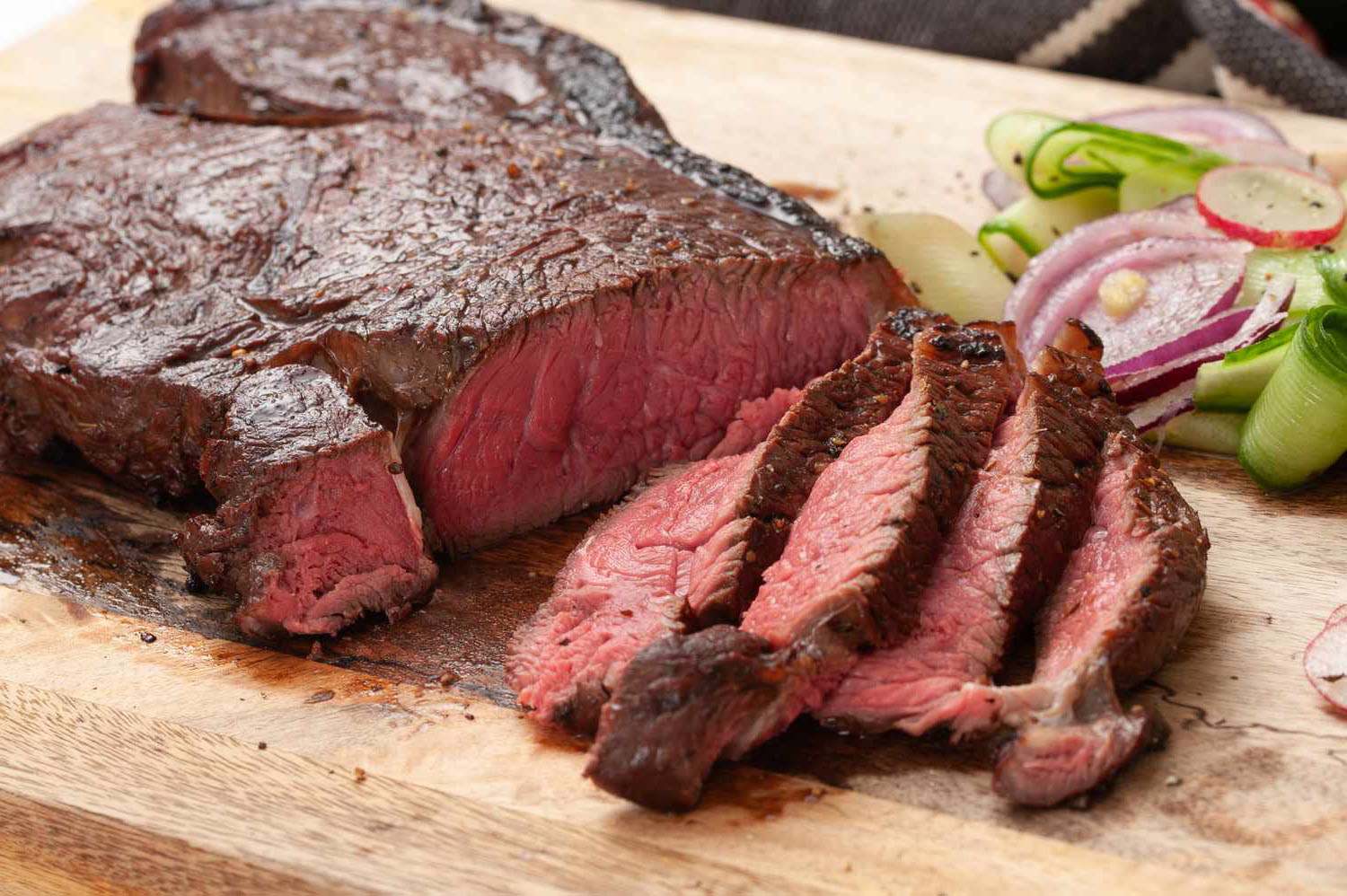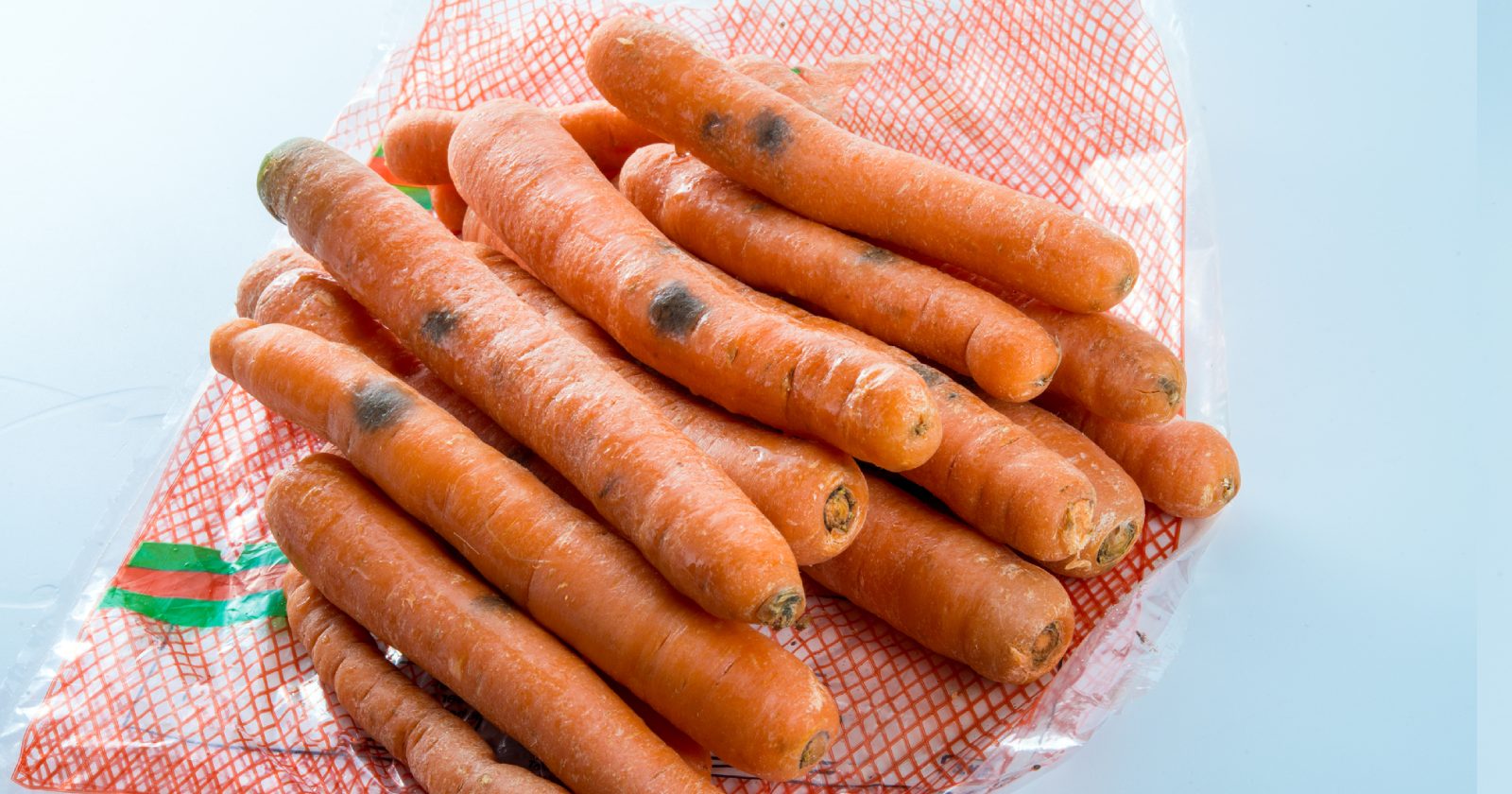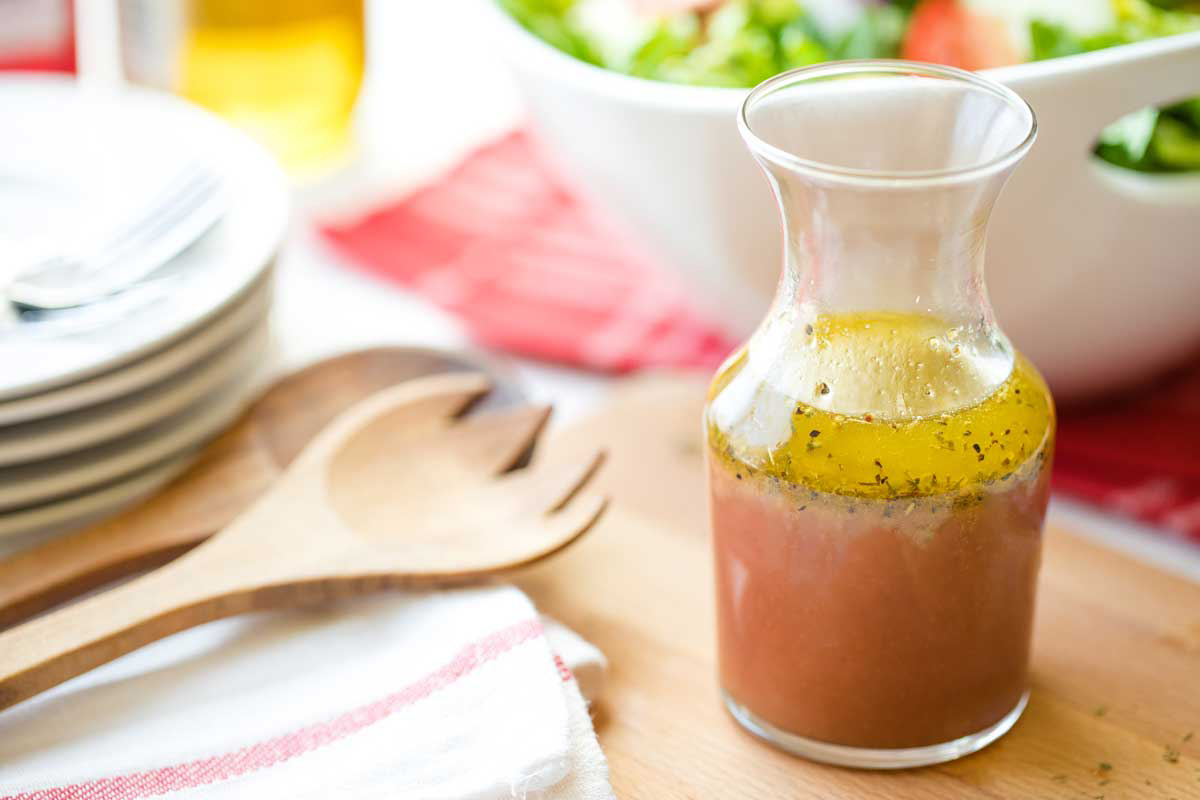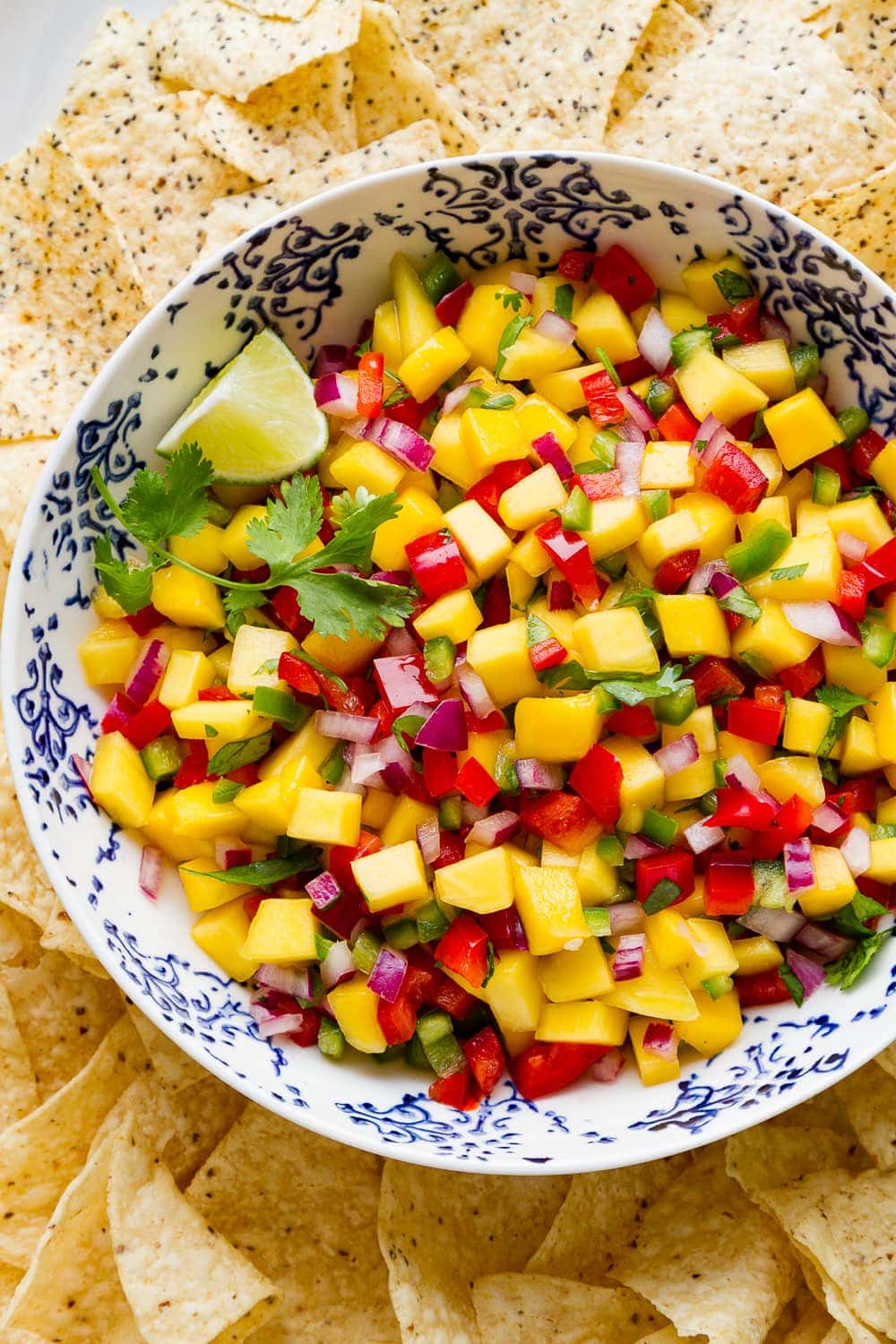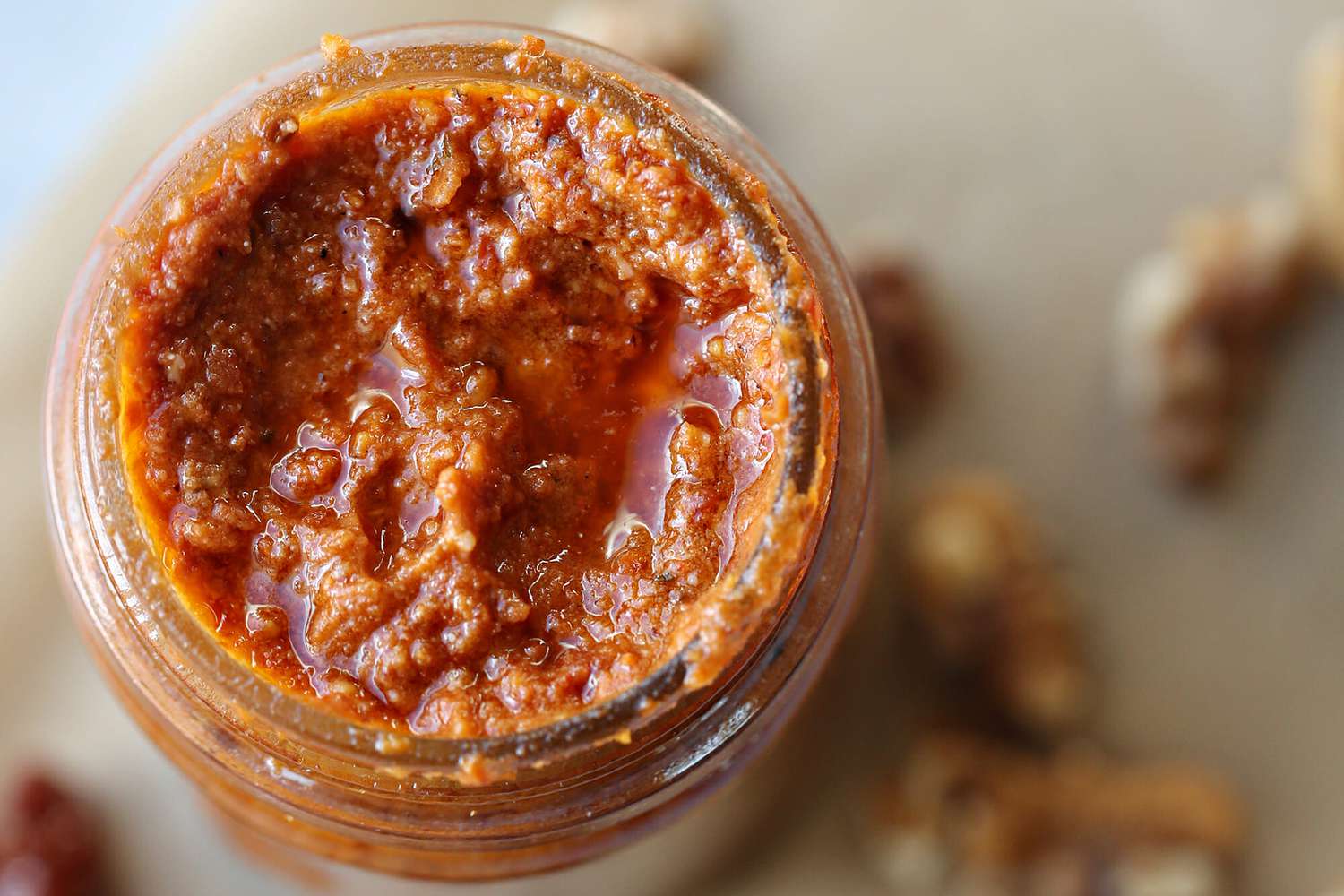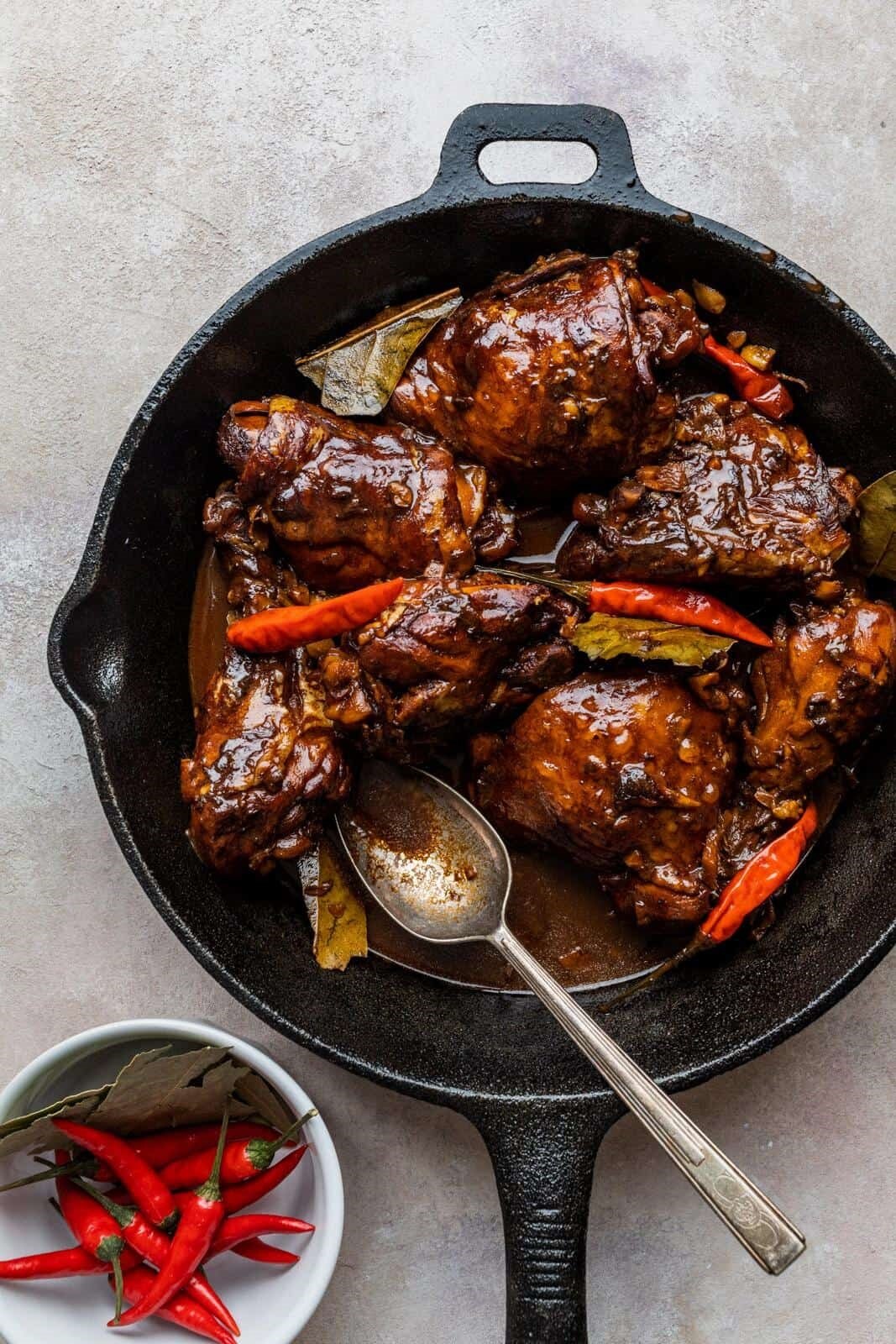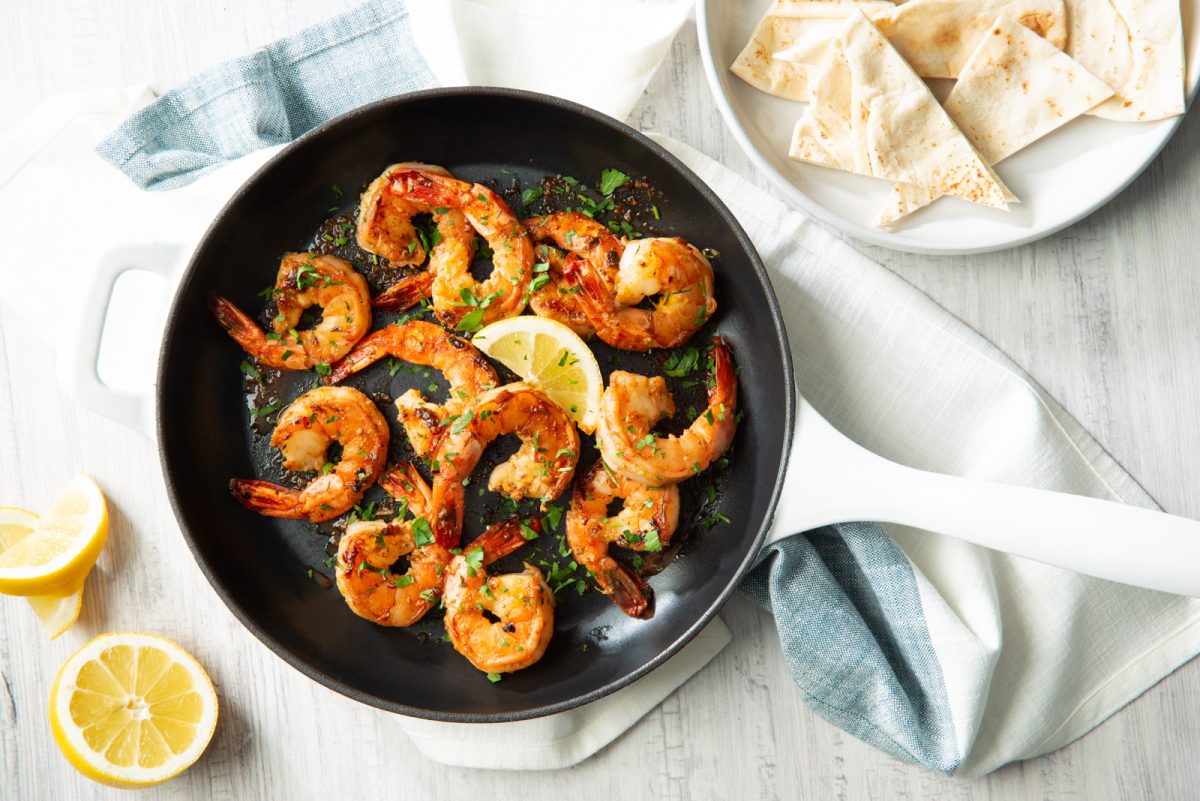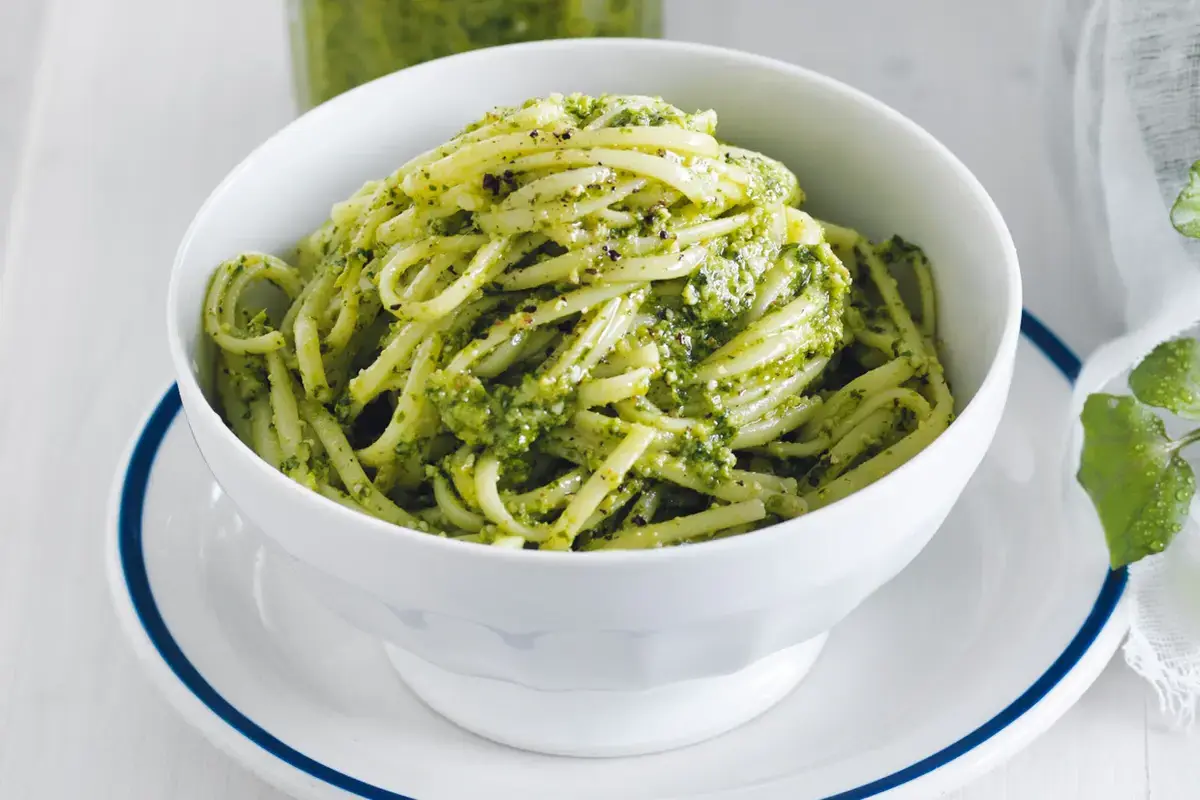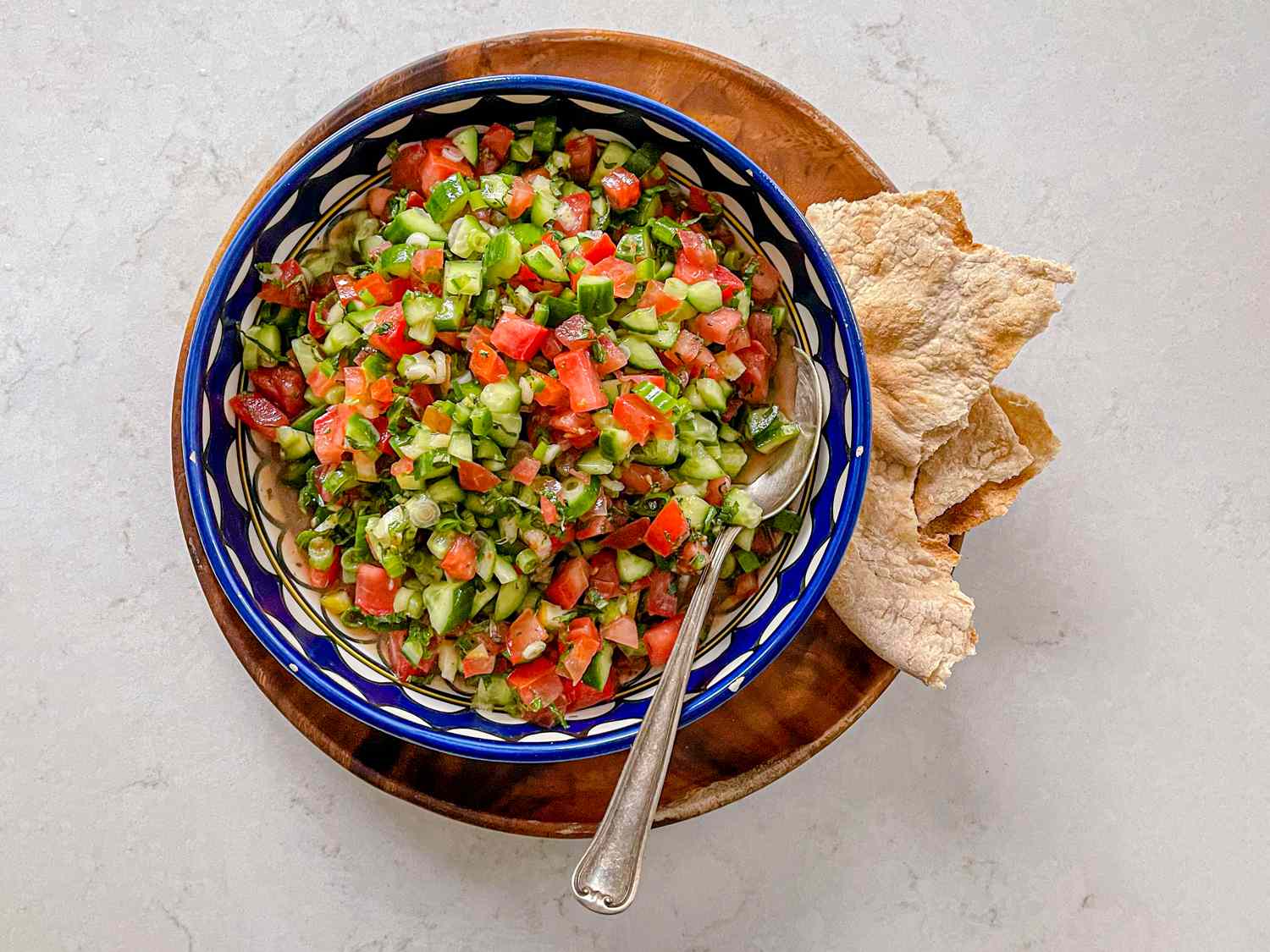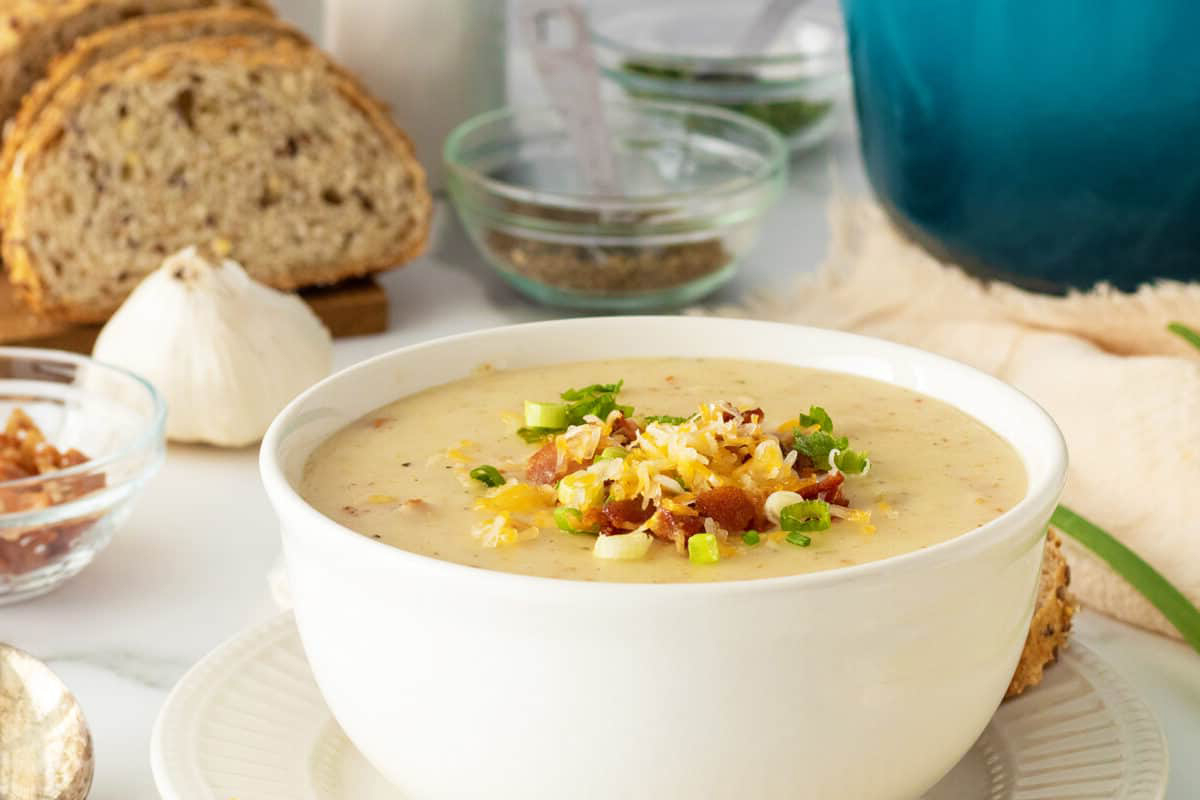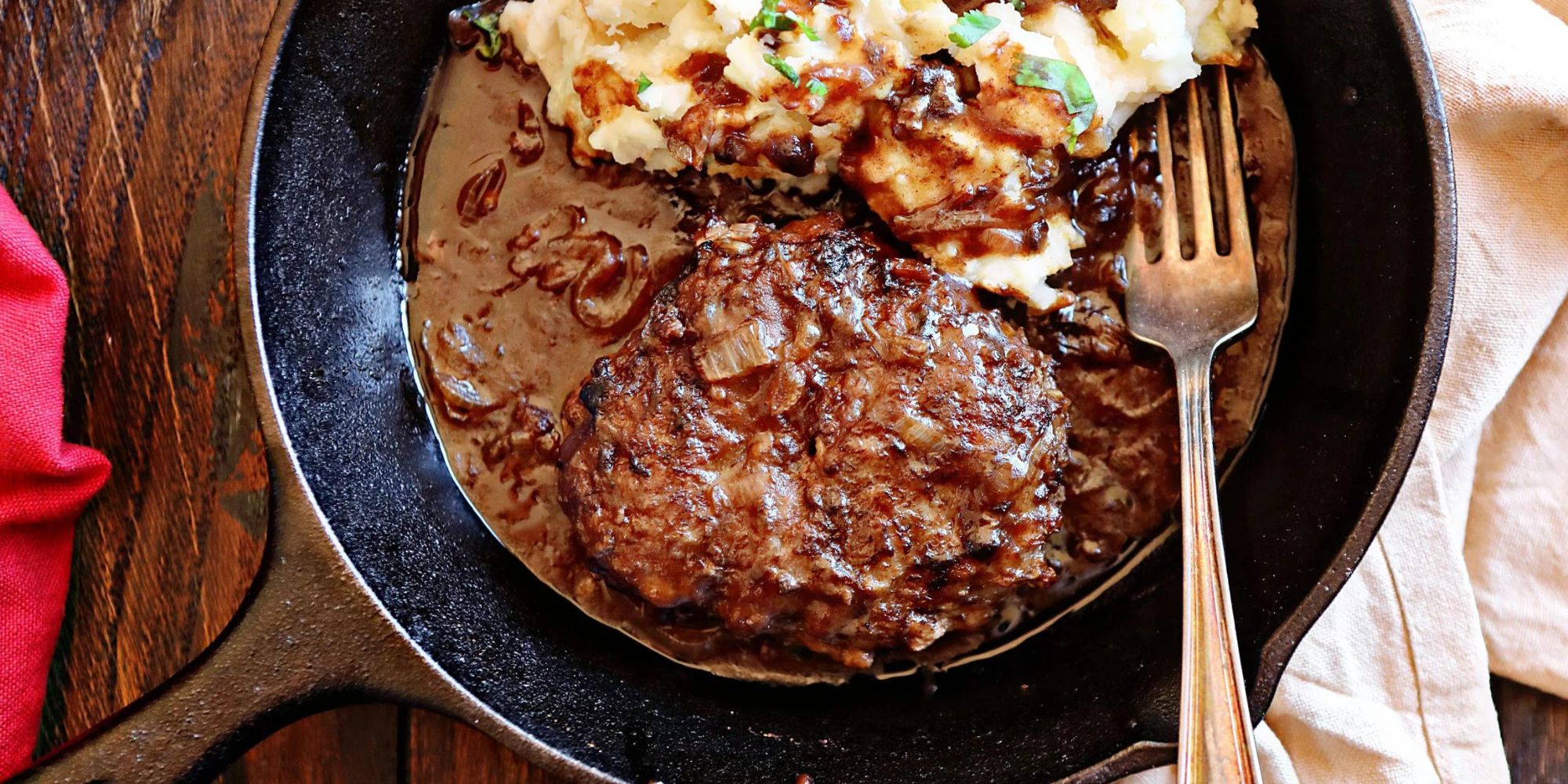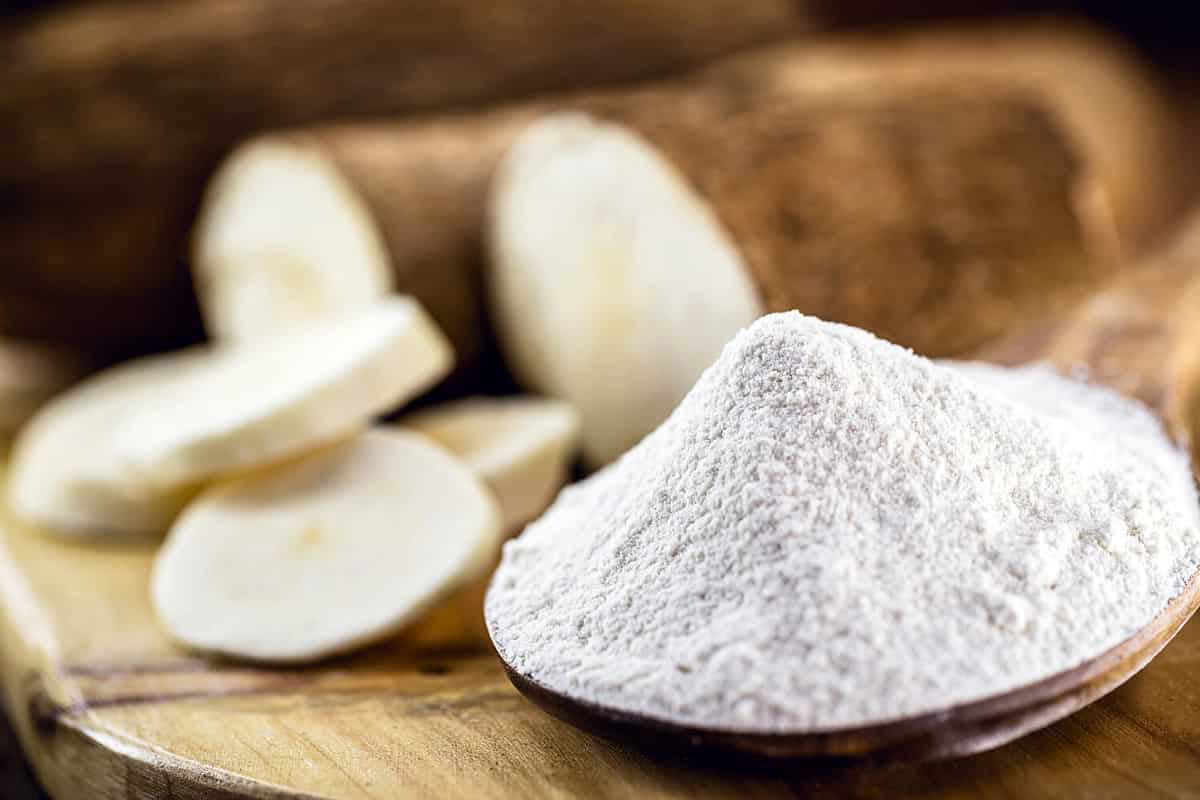Understanding Gobi Manchurian: A Delicious Indo-Chinese Dish
Have you ever heard of Gobi Manchurian? If not, you’re in for a treat! Gobi Manchurian is a popular Indo-Chinese dish that has gained a lot of popularity in recent years. This delectable dish features crispy cauliflower florets tossed in a flavorful, tangy sauce, making it a favorite among food enthusiasts.
The Origins of Gobi Manchurian
Gobi Manchurian is believed to have originated in the bustling streets of India, where Chinese flavors were combined with Indian spices to create a unique fusion dish. The dish is said to have been invented by a Chinese chef in Kolkata, India, and has since become a staple in Indo-Chinese cuisine.
Ingredients and Preparation
Gobi Manchurian is made using simple yet flavorful ingredients. The main component of the dish is cauliflower, which is cut into florets and coated in a seasoned batter before being deep-fried to crispy perfection. The sauce is typically made with a combination of soy sauce, chili sauce, garlic, and other aromatic spices, giving the dish its signature tangy and spicy flavor.
To prepare Gobi Manchurian, follow these simple steps:
- Coat the cauliflower florets in a seasoned batter.
- Deep-fry the coated florets until golden and crispy.
- Prepare the tangy sauce by sautéing garlic, ginger, and green chilies, then adding soy sauce, chili sauce, and other spices.
- Toss the fried cauliflower in the sauce until well-coated.
- Garnish with spring onions and serve hot.
Enjoying Gobi Manchurian
Gobi Manchurian can be enjoyed as an appetizer, a side dish, or even as a main course when paired with steamed rice or noodles. Its crispy texture and bold flavors make it a hit at parties, potlucks, and family gatherings.
Whether you’re a fan of Chinese cuisine, Indian flavors, or simply love trying new and exciting dishes, Gobi Manchurian is a must-try for anyone with an adventurous palate.
Conclusion
In conclusion, Gobi Manchurian is a delightful fusion dish that perfectly blends the flavors of India and China. Its crispy texture, tangy sauce, and aromatic spices make it a standout dish that continues to captivate food lovers around the world. So, the next time you’re looking to tantalize your taste buds, consider indulging in a plate of Gobi Manchurian for a truly unforgettable dining experience.
Was this page helpful?
Read Next: What Is The Healthiest Way To Cook Fish
